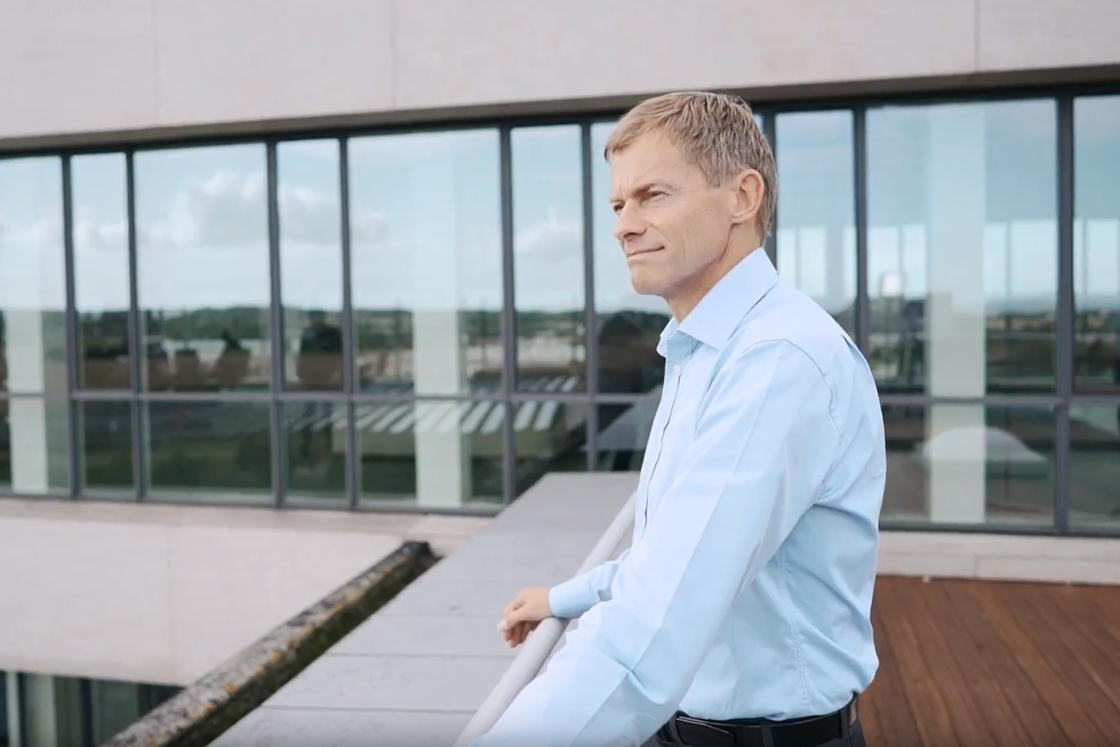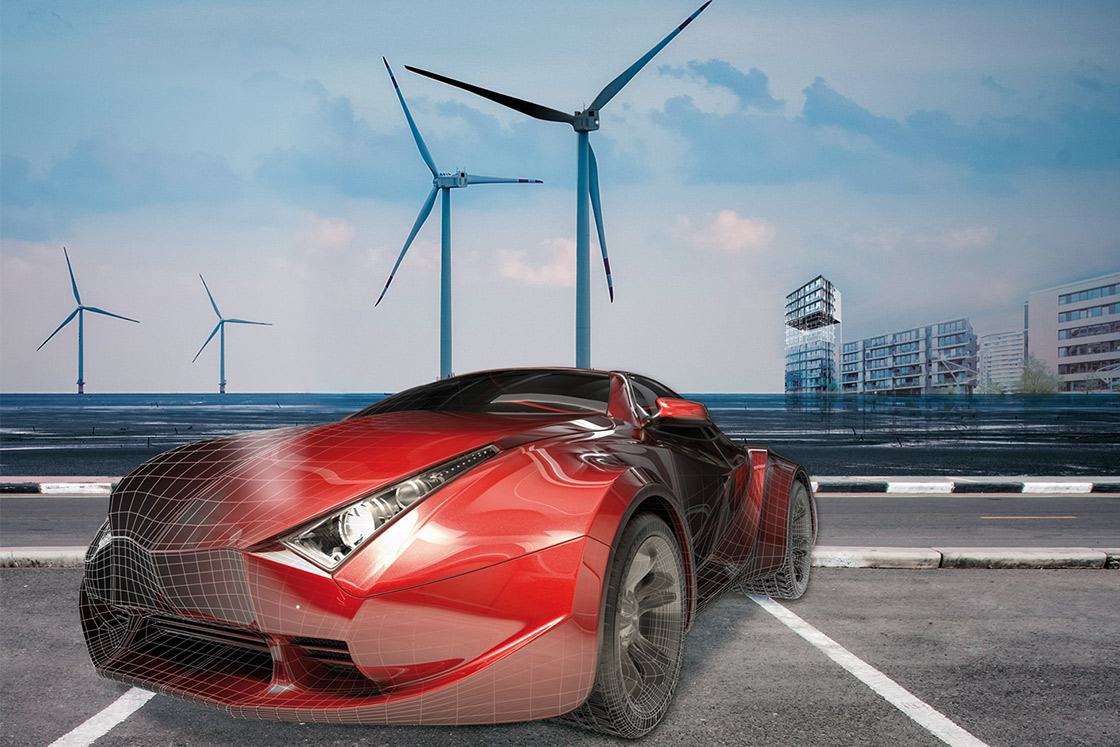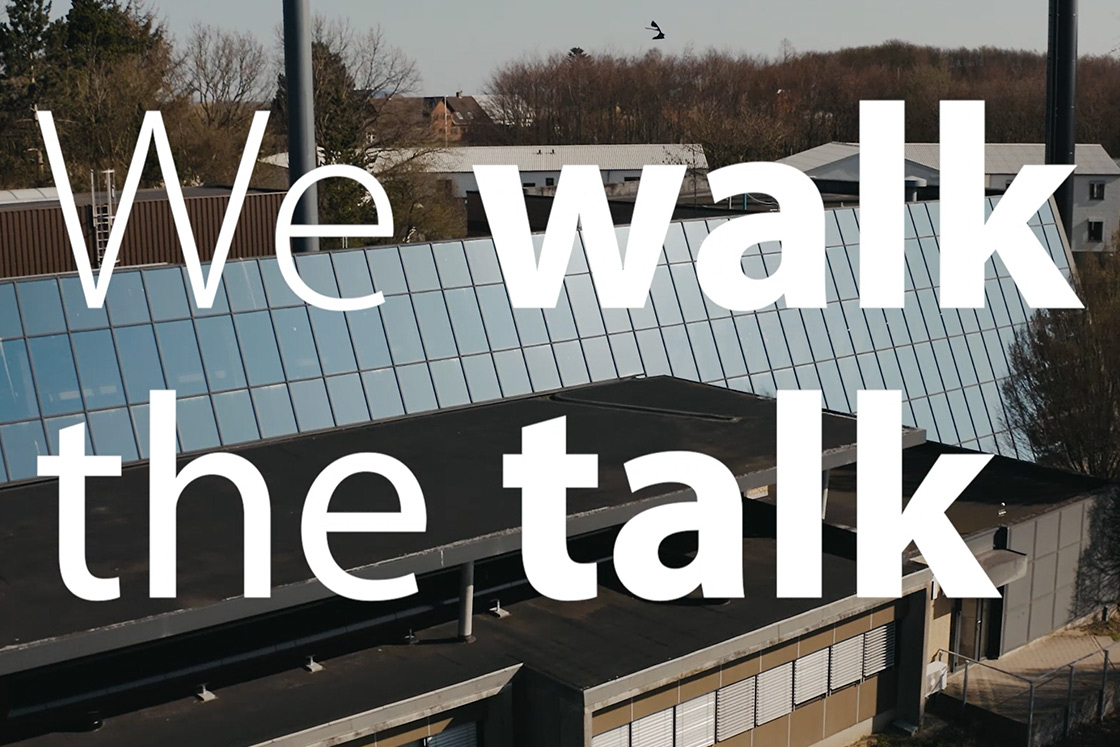
Our ambitious climate strategy
Solutions to tackle the climate emergency exist. We must take action, and we know what to do. We need to significantly reduce greenhouse gas emissions through the energy efficiency first principle, and the use of renewable energy, enabled by sector coupling and a smart energy system. Danfoss therefore embarks on an ambitious plan to become carbon neutral latest by 2030.
We have committed us to the Science Based Targets initiative (SBTi) and the UN Global Compact’s campaign on “Business Ambition for 1.5°C - Our Only Future”. Hereby Danfoss joins the global movement of leading companies aligning their businesses with the most ambitious aim of the Paris Agreement, to limit global temperature rise to 1.5°C above pre-industrial levels.
With our ambitious Climate Strategy 2030, we have set ambitious targets for our own business. We are focusing on setting up measurable targets that is based on climate science in order to create a strong foundation for our long term climate strategy and initiatives.
We continue to optimize the use of energy and ensure that all Danfoss operation transition towards renewable energy. Furthermore, Danfoss is committed to change its company car fleet to become all electric latest by 2030. We still aim to reduce the company’s energy intensity by 50% and double the company's energy productivity before 2030 – both measured against the base year of 2007.
To achieve these goals, we implement numerous measures to further reduce our energy consumption and drive greener technology investments in buildings and processes.

Global decarbonization
Decarbonization is our goal – and energy efficiency is the starting point. It is in our buildings, in our industries, in our cold chains, and in our transport systems, where energy efficiency and electrification are key. Driving energy efficiency and electrification are at the very core of our business and the solutions we provide to our customers.
In December 2019, Danfoss joined, as the first global technology company, all three business action initiatives under The Climate Group, an international non-profit organization dedicated to accelerating climate action. Danfoss signed up for the RE100 and EV100 initiatives on top of the EP100, which the company joined in 2016
We apply an “energy efficiency first” approach that also support a high share of renewables. Less clean energy needed means that less investments are needed for grid extension, energy storage, back-up capacities and energy imports. It also means more security of supply. Finally, electrification, powered by renewables, is an enabling tool that will allow us to decarbonize high shares of various sectors.

Energy consumption and emissions
In 2019, Danfoss’ energy consumption decreased to 634 GWh causing the energy intensity to fall by 4% compared to the previous year. The energy intensity has overall been reduced by 45% since 2007. Our energy productivity has increased by 80% in the same period.
In 2019, Danfoss emitted 254,000 tons of CO2 which is a reduction by 4% from the previous year. The sources were generation of electricity and heat in our own facilities as well as the purchase of electricity and heat from external sources. In 2019, Danfoss’ CO2 intensity fell to 40 ton per EURm equal to an overall reduction of 33% since 2007 compared to net sales.
In 2019, consumption of water decreased by 7% from the previous year to 1,080,500 m3. The water consumption intensity decreased to 170 m3/EURm net sales from 191 m3/EURm in 2018 equal to a 35% reduction since 2007.

Global energy saving projects
Danfoss continues the implementation of energy-saving projects at our 27 largest factories worldwide – accounting for 84% of Danfoss’ total energy consumption. Half of the energy consumed is used for buildings and the rest is used in production processes.
The annual energy consumption in these buildings amounts to more than 245 MWh, of which 30% can be saved. More than 170 projects have been initiated to reach our ambitious targets.
We believe that we have not yet harvested the full potential of our technologies within energy savings and process optimization and new projects are therefore being launched to cut energy consumption further in buildings and production processes, and to recover excess heat from processes and ventilation.

Environment
Guided by the energy-efficiency first principle, we prevent pollution and manage resources efficiently while minimizing the environmental impact of our activities. We act preventively using a risk-based approach to ensure continual and measurable improvements of our performance.
Danfoss work systematically to reduce the environmental impact of the company’s operating activities, through monitoring of the consumption of materials, chemicals, energy, and the generation of waste and waste water. It is required for all production companies to maintain environmental management systems and be certified according to the ISO 14001 standard to manage performance and identify potential environmental improvements.
In manufacturing its products, Danfoss uses chemical substances which may be harmful to humans or to the environment. Danfoss continually aims to limit the use of such chemicals: if they cannot readily be omitted or replaced, Danfoss makes sure they are utilized as efficiently as possible, and that measures are taken to protect employees and the environment.

